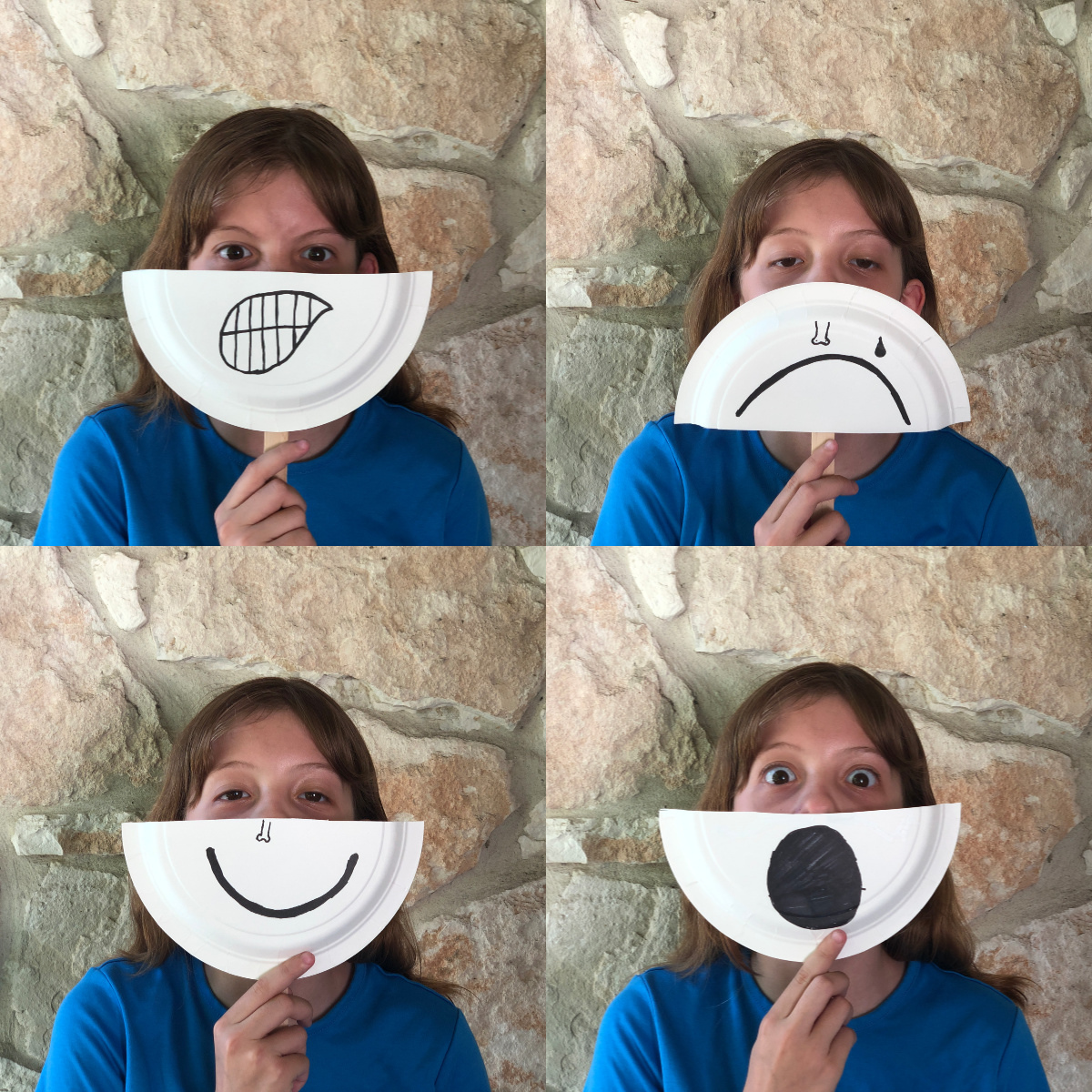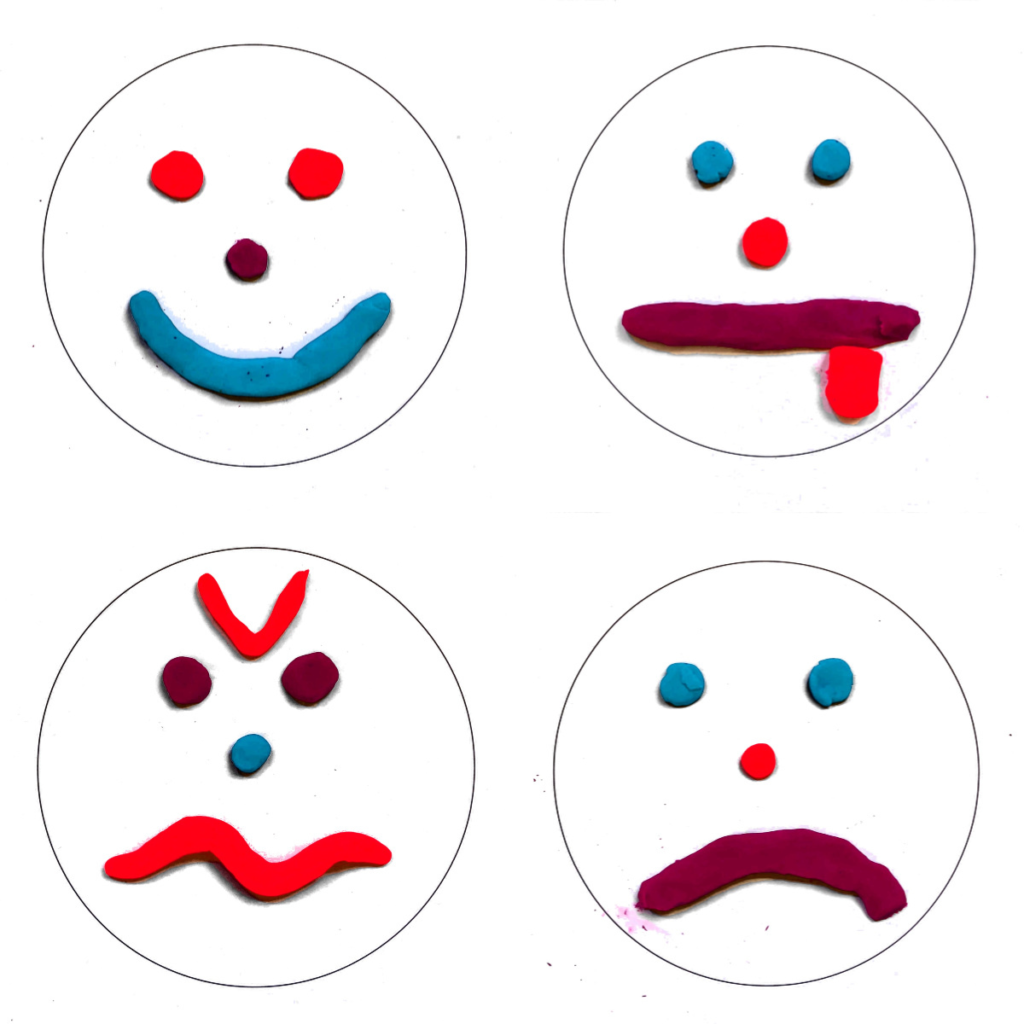
Making Faces and Building Social and Emotional Skills
Managing our emotions is hard, whether you are four, or six, or forty six! Teaching children to effectively manage their feelings and emotions is such an important, ongoing task for both teachers and parents—there is no one-size-fits-all lesson for helping children to understand feelings. It takes a lot of practice to help children develop their social and emotional skills. As pre-K teachers at the School of Science and Technology Northwest, we’ve taught our students how making faces can help them reach their social and emotional milestones. You can do these activities with your kids while you are all learning at home.
For more ideas about summer experiences you can do while learning at home with your kids, visit the main page, Charter a Summer of Learning.
Making Faces: Activities for Children
Role playing can be an effective learning tool for all ages to build social and emotional skills. We will show you how to have fun making props to help with role playing with kids.
Role playing can be a helpful learning tool for breaking down or rehearsing a diverse range of social situations for children of all ages. You can initiate role play by saying, “Let’s pretend (or practice) what you would say to the lady serving at a restaurant you’re visiting. Pretend I am the lady . . . How can I help you today?” The playful nature of role playing makes it a powerful learning tool for teaching social skills. Add situations such as asking for a lemonade and the lemonade doesn’t come. Ask your child how would that make you feel, what should you do to solve the problem, etc.
Making Faces with Paper Plates. A fun way to practice these skills is by creating paper plate emotion faces. Use the face while role playing and asking your child if they can tell what you are feeling and why.
Making Faces with Play Dough. Another way to practice these skills is to tell your child a name of an emotion such as angry, sad, happy, excited, frustrated, and/or surprised. Have your child use play dough to help build facial expressions to show that emotion.
Stories That Teach Social and Emotional Skills
The following stories feature lots of characters making faces, and are great tools to discuss emotions.
If You’re Angry and You Know It! by Cecily Kaiser
The Color Monster by Anna Llenas
Today I Feel Silly & Other Moods That Make My Day by Jamie Lee Curtis
In addition to these stories, a wonderful family movie night suggestion would be to watch the animated film Inside Out. After watching the movie and noticing all the characters making faces, discuss the range of emotions in the film.
The Charter a Summer of Learning guide includes more activities about mental health and emotional wellness, including Storytelling, Digital Parenting, and Grumpy Pants.
Charter Moms Chats
Watch Inga Cotton’s interview with Jennifer St. Pierre and Elizabeth Scott on Charter Moms Chats.
For more ideas about summer experiences you can do while learning at home with your kids, visit the main page, Charter a Summer of Learning. Enjoy more activities recommended by an SST teacher in our post about Kids Teaching a Lesson to Adults. Read about the School of Science and Technology in our enrollment guide.
About the Authors
Jennifer St. Pierre and Elizabeth Scott are “The Pre-K Dream Team” that teaches at the School of Science and Technology Northwest, where they firmly believe in play-based learning. They have 36 years of combined teaching experience.


